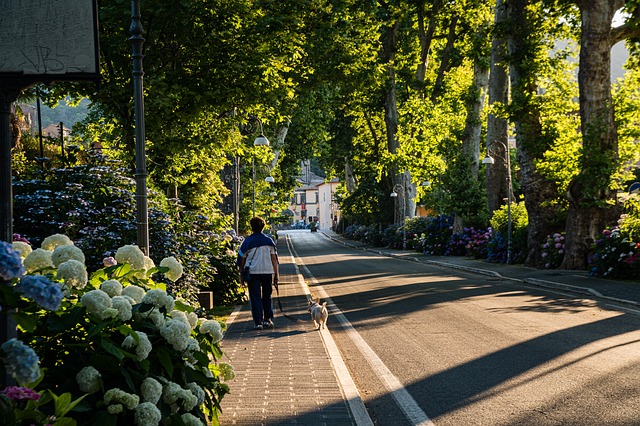In today’s rapidly changing world, the concept of transport sustainability is becoming increasingly vital, especially in rural areas. With rising concerns about pollution, urban congestion, and the overall health of our planet, integrating pedestrian and bicycle-friendly paths is a tangible step towards a sustainable future that everyone can participate in.
Imagine a small rural community where families can stroll safely to the local market, children can ride their bikes to school without fear of fast-moving vehicles, and residents can connect with nature as they traverse green pathways. This scene represents not only a healthier lifestyle but also a strong commitment to implementing transport sustainability principles.
Transport sustainability goes beyond just providing a means of transportation; it involves making choices that intersect with environmental, economic, and social needs. In rural areas, where distances between essential services can be greater, the development of pedestrian and bicycle-friendly paths becomes crucial. These pathways promote active modes of transportation that reduce reliance on fossil fuels, cut down greenhouse gas emissions, and encourage a stronger sense of community.
Moreover, pedestrian and bicycle-friendly paths foster rural development. They can stimulate local economies by enhancing access to local businesses, attracting tourism, and creating job opportunities in the process. When residents can travel easily without a car, it supports a vibrant local culture and enables more people to participate in community events and activities.
Rural communities that embrace these paths often witness improvements in public health as well. Walking and cycling are excellent forms of exercise, contributing to healthier lifestyles. By prioritizing pedestrian and bicycle-friendly paths, local governments and organizations can help tackle chronic health issues, reduce traffic accidents, and promote overall well-being among residents.
Furthermore, the integration of these paths into urban planning encourages a reconnection with nature. People living in rural areas often value their surroundings, and providing safe pathways for walking and cycling allows them to experience their environment more intimately. It fosters a love for the outdoors and inspires a generation to protect the very landscapes they traverse.
As we explore transport sustainability within the framework of rural development, let us advocate for the establishment of pedestrian and bicycle-friendly paths. Together, we can build a future that prioritizes health, community, and the environment, ensuring that everyone has access to safe, enjoyable, and sustainable transportation options.




